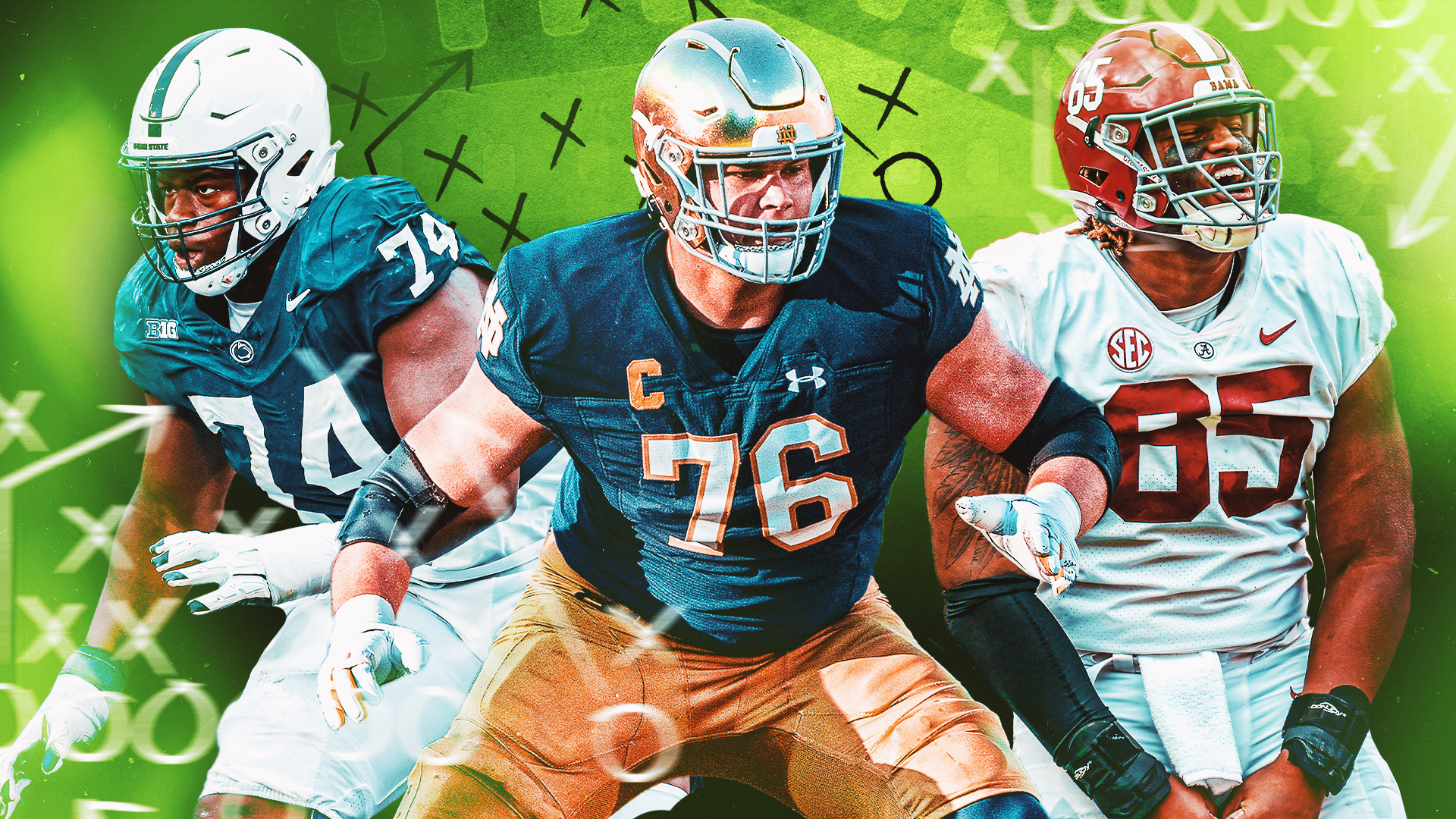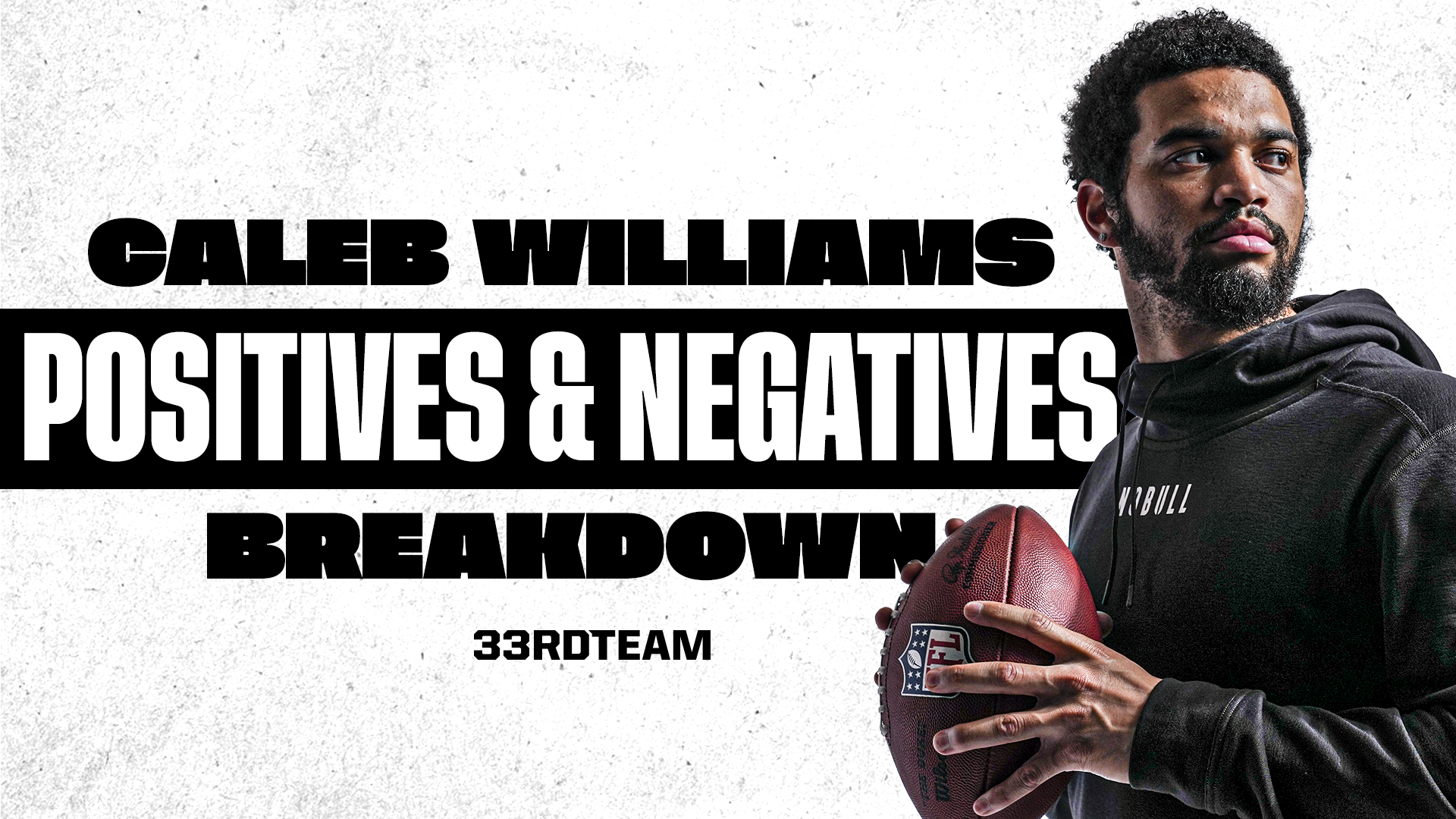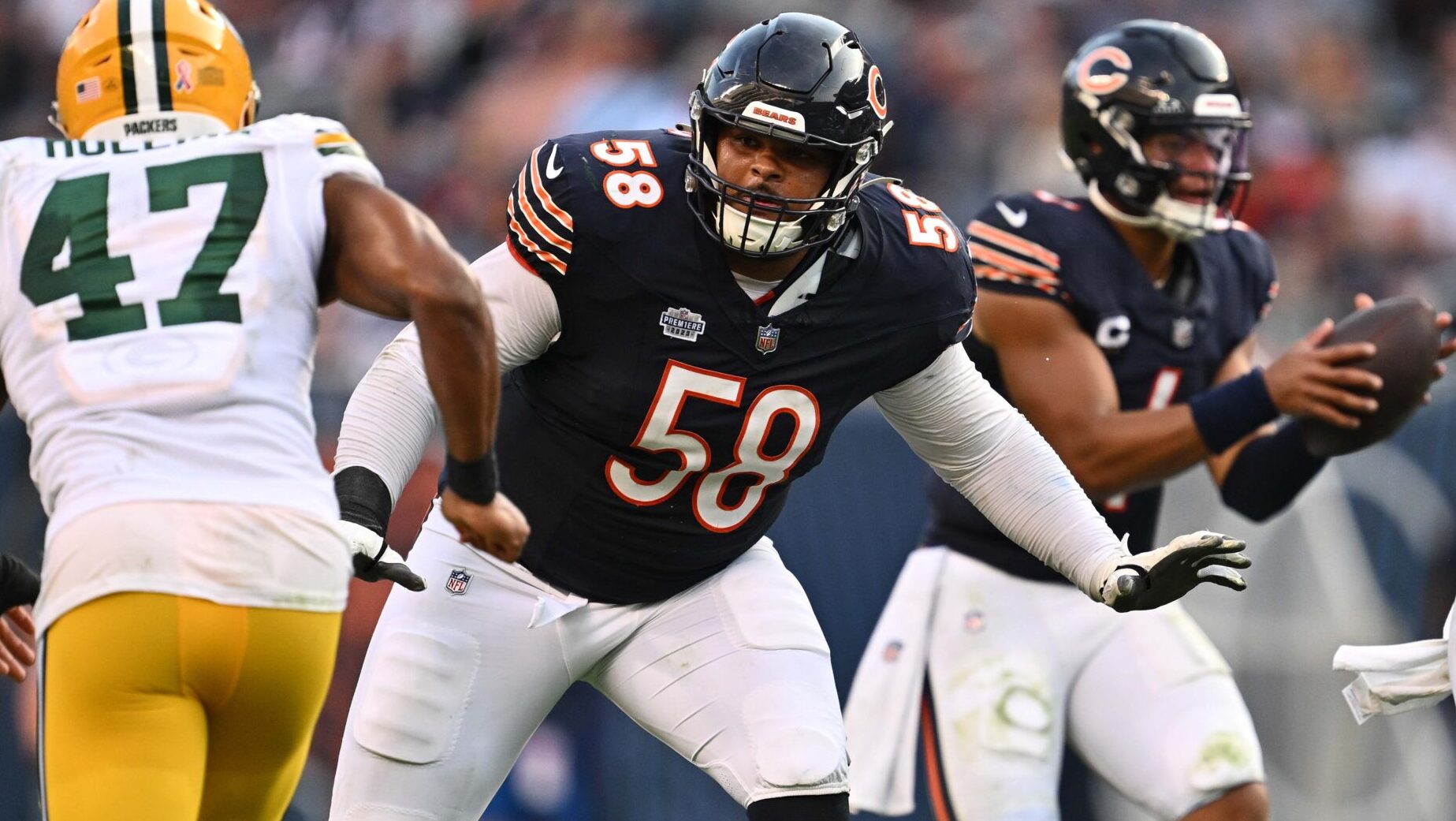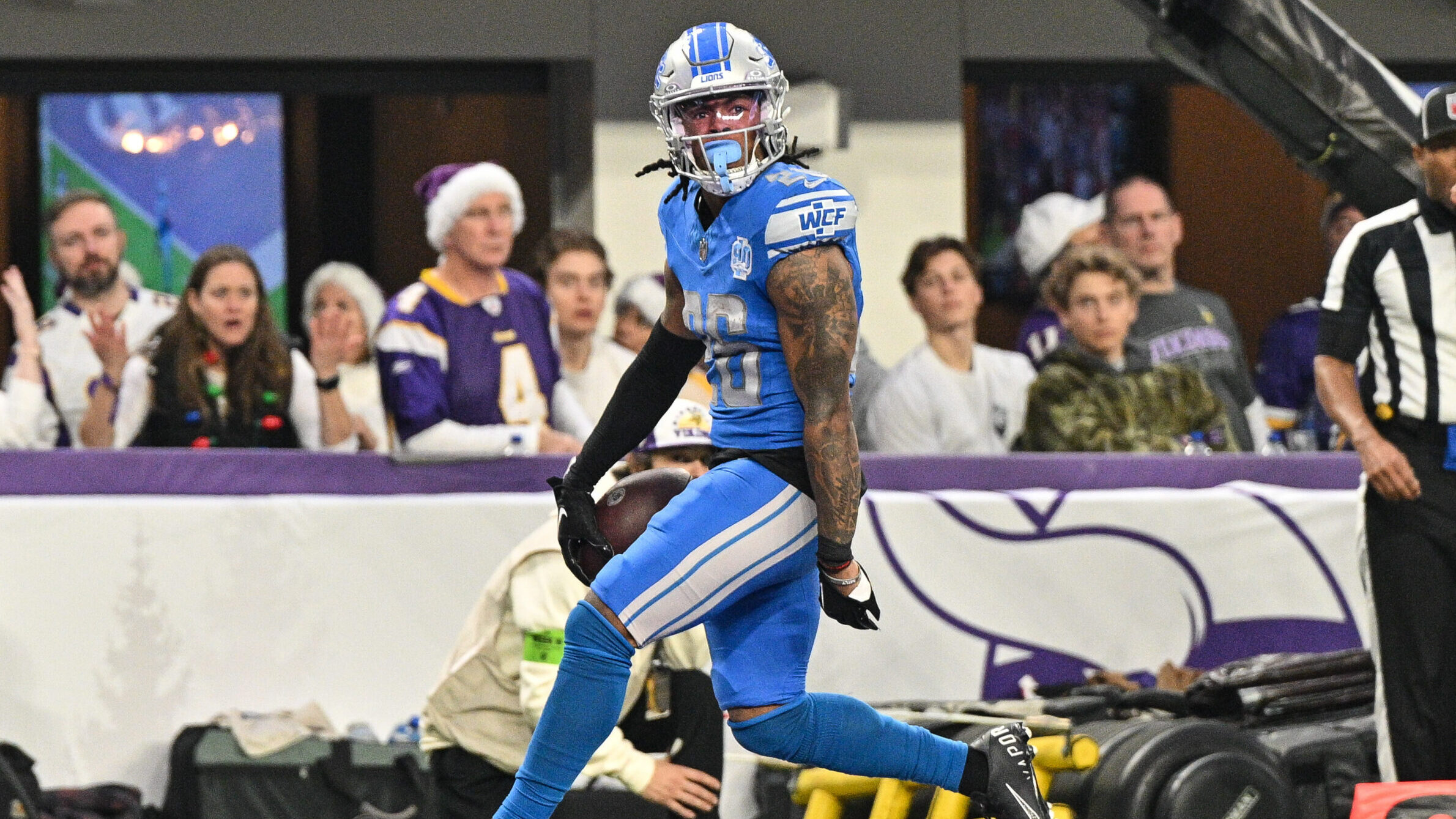Analysis
5/17/21
3 min read
What Makes a Zero-Star Recruit NFL Material? Character
If you think it’s tough evaluating college football players for the NFL draft every year, just imagine how much tougher it would be if the pool of available players was exponentially bigger and the data on those players was more limited. Welcome to the world of college football recruiting.
That’s not to say there isn’t any information out there. Recruiting services and prep sports media outlets do a fine job of highlighting top-level recruits. But there is plenty of talent that gets missed.
Avery Williams was a zero-star prospect coming out of Junipero Serra Catholic High School in California. He went to Boise State and made the team as a walk-on – the equivalent of an undrafted free agent making an NFL roster. And Williams didn’t just make the team – he earned All-America honors as an all-purpose player/return specialist in 2020 and was drafted in the fifth round by the Atlanta Falcons.
How do colleges miss that kind of talent?
“If you took 100 Avery Williamses, with his profile size, his profile speed, his profile academics, you’re gonna hit on two or three of them,” said Ethan Young, director of player personnel for UCLA football. “Avery was one of them to hit.”
Young cited another example in former UCLA running back Joshua Kelley. In 2015, Kelley wasn’t even the starting tailback on his high school team. He was a 2-star recruit, ranked No. 232 among running backs. Kelley began his college career at UC Davis before being a walk-on transfer to UCLA. In 2020, Kelley was a fourth-round draft pick of the Los Angeles Chargers. How did that happen?
“He grew a little bit, just worked pretty hard and is probably the best character kid I’ve ever met in my life,” said Young.
In fact, Young thinks character is the key reasons why lesser recruits can surprise the “experts” and make a name for themselves.
“The piece we miss on in recruiting because we don’t get time with these kids is the character part,” said Young. “We don’t get time to vet their personality, vet their football intelligence, vet their work ethic. That part’s all missing because the NCAA puts restrictions on how often we can go see them, etc.”
The only significant time schools get to talk to recruits, Young said, is after you’ve made them an offer -- and by then you’re trying to sell them on the school.
“There’s such a gap in what we know about them and what we have to teach them,” said young. “The margin of error is so big.”








